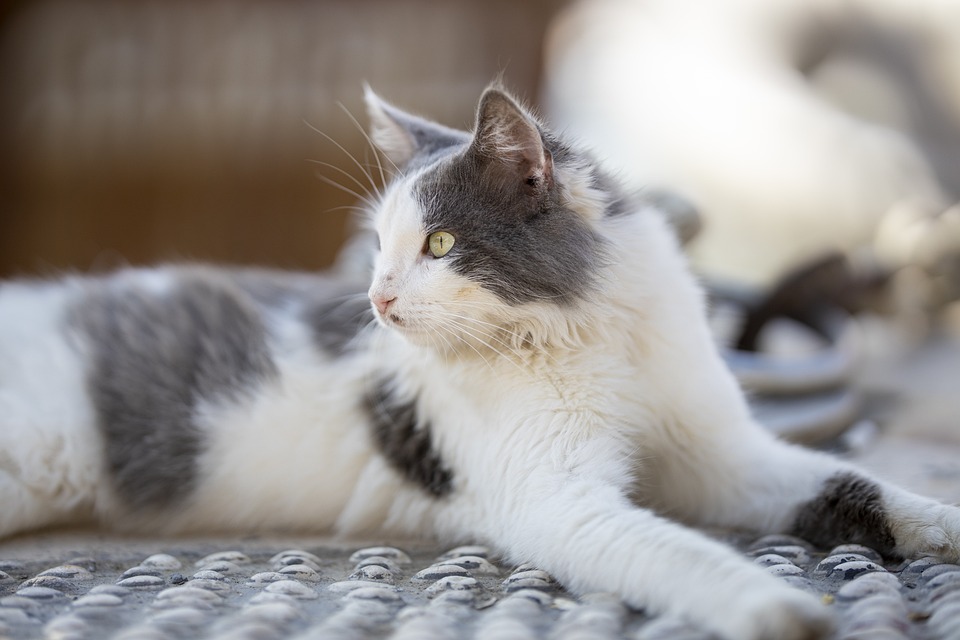Trick training is not just for dogs – cats can also learn impressive tricks! Teaching your cat tricks can be a fun and rewarding experience for both you and your feline companion. In this article, we will explore the art of trick training and how it can enhance the bond between you and your cat.
Trick training is not only entertaining, but it also provides numerous benefits for cats. One of the key benefits is mental stimulation and enrichment. Cats are intelligent animals, and trick training challenges their minds and keeps them mentally active. This can prevent boredom and help alleviate behavioral issues that may arise from a lack of mental stimulation.
In addition to mental stimulation, trick training also provides physical exercise and improves agility. Many tricks involve physical movements such as jumping, spinning, or walking on a leash. These activities help cats stay fit and agile, promoting their overall health and well-being.
Another benefit of trick training is improved communication and understanding between you and your cat. As you work together to learn new tricks, you will develop a deeper bond and a better understanding of each other. This can lead to improved communication and a stronger relationship overall.
Getting started with trick training requires some careful consideration. It’s important to choose tricks that are appropriate for your cat’s abilities and personality. Some cats may be more inclined to learn certain tricks than others, so it’s essential to select tricks that align with your cat’s natural behaviors and interests.
Setting realistic goals and breaking tricks into manageable steps is also crucial. Cats learn best when tasks are broken down into small, achievable steps. By gradually increasing the difficulty level, you can ensure that your cat remains engaged and motivated throughout the training process.
Positive reinforcement is the key to successful training. Cats respond well to rewards such as treats, praise, and playtime. By using positive reinforcement techniques, you can encourage your cat to repeat desired behaviors and make the learning process enjoyable for both of you.
To begin training your cat tricks, it’s important to create a quiet and distraction-free training environment. Find a space where you and your cat can focus without interruptions. Gather the necessary training tools and treats to reward your cat for their efforts.
Start with basic commands and foundation behaviors such as teaching your cat to sit or come when called. These commands lay the groundwork for more complex tricks and establish a foundation of obedience and understanding.
Once your cat has mastered the basics, you can move on to intermediate tricks such as spinning or jumping through a hoop. These tricks require more coordination and physical agility but can be achieved with patience and practice.
For those looking for an extra challenge, advanced tricks such as walking on a leash, fetching objects, or opening doors or drawers can be taught. These tricks require a higher level of training and may take more time and effort to master.
During training sessions, it’s important to keep them short and frequent. Cats have short attention spans, so shorter sessions are more effective. Use high-value treats as rewards to keep your cat motivated and engaged. Remember to be patient and consistent with your training approach, as cats learn at their own pace.
Now, let’s address some frequently asked questions about cat trick training. Older cats can be trained to do tricks, although it may take more time and patience compared to kittens. The time it takes to train a cat a new trick varies depending on the difficulty of the trick and your cat’s personality and willingness to learn. If your cat refuses to cooperate during training sessions, evaluate the training environment and the rewards you’re offering to make adjustments. Not all tricks are suitable for all cats, so choose tricks that align with your cat’s abilities and comfort level. Trick training can also be used to redirect and manage certain behavioral issues in cats, but for more severe problems, it’s best to consult with a professional animal behaviorist or veterinarian.
In conclusion, the art of trick training can bring joy and strengthen the bond between you and your cat. By providing mental stimulation, physical exercise, and improved communication, trick training is a fulfilling and rewarding activity for both you and your feline companion. Keep exploring new tricks and enjoy the journey of watching your cat master impressive feats!








